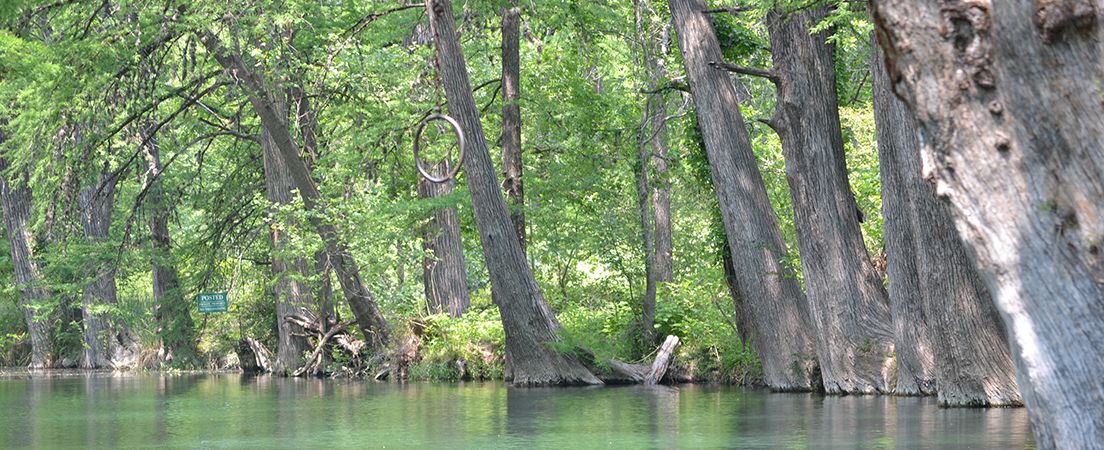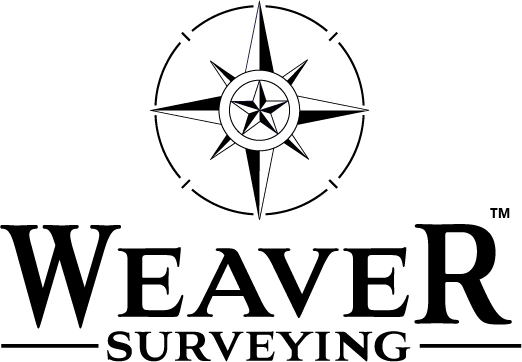
Q1: What is required to be a licensed surveyor?
To acquire a survey license in the State of Texas, one must pass the state examination that tests for excellence in mathematics, land boundary law and a thorough understanding of the rules of the Texas Board of Professional Land Surveying. To be eligible to take the exam, an applicant must have a Bachelor’s Degree with at least 32 hours in surveying-related classes and be in the Surveyor-in-Training program with at least two years’ experience working in a position of responsible charge. In practice, the surveyor must have knowledge of title searches, various ever-changing technologies, such as CAD, GPS, Total Stations and data collectors, and drafting methods to bring it all together to produce a completed survey.
Q2: Why do I need a boundary survey?
A boundary survey protects your interest in real property from possible errors and encroachments.
Q3: What work is involved in a boundary survey?
A boundary survey is the combination of:
- research of the public records
- field investigation to find evidence of boundary monumentation and occupation of the subject and adjacent tracts
- measurement of the evidence found
- mathematical comparison of the evidence to the public record
- application of boundary law when the evidence does not match the public record
- further research and field investigation due to discrepancies with the public record
- setting monumentation when required
- preparation of a drawing, called a plat, depicting the final construction of the boundary
- preparation of a written legal description often incorporated into the deed and recorded into the public records
Q4: How much does a boundary survey cost?
The cost varies according to size and complexity. Naturally, a large or complicated tract of land will require more work than a small or simple one. Also, you can see in the above list of activities involved in a boundary survey, there can often be conflicting elements that require the survey be expanded to a larger scale. Surveying requires expensive, high-tech equipment and skilled workers to complete a job. The cost cannot be accurately estimated until all of the evidence has been evaluated. We can only provide an estimate that includes contingencies for the unknown.
